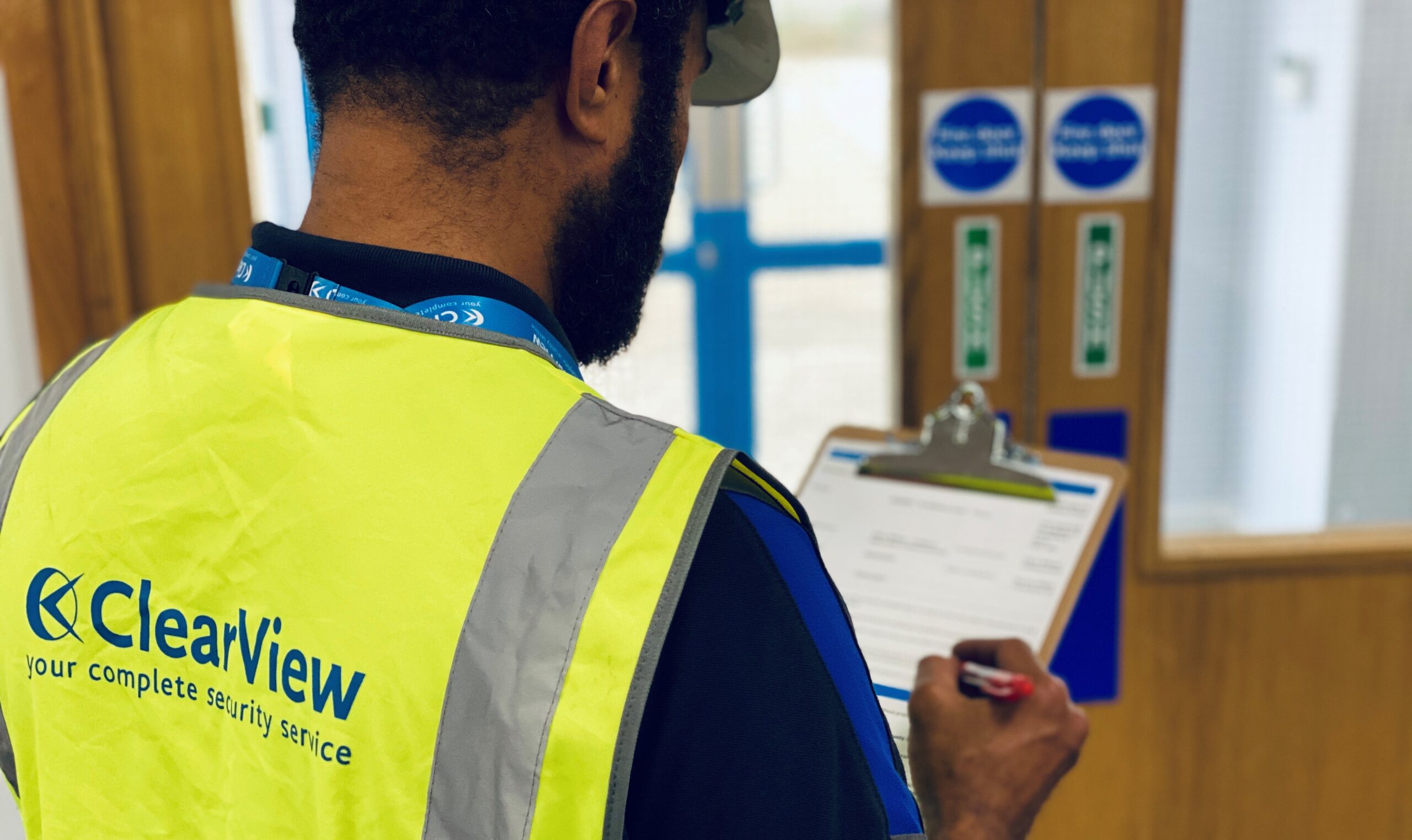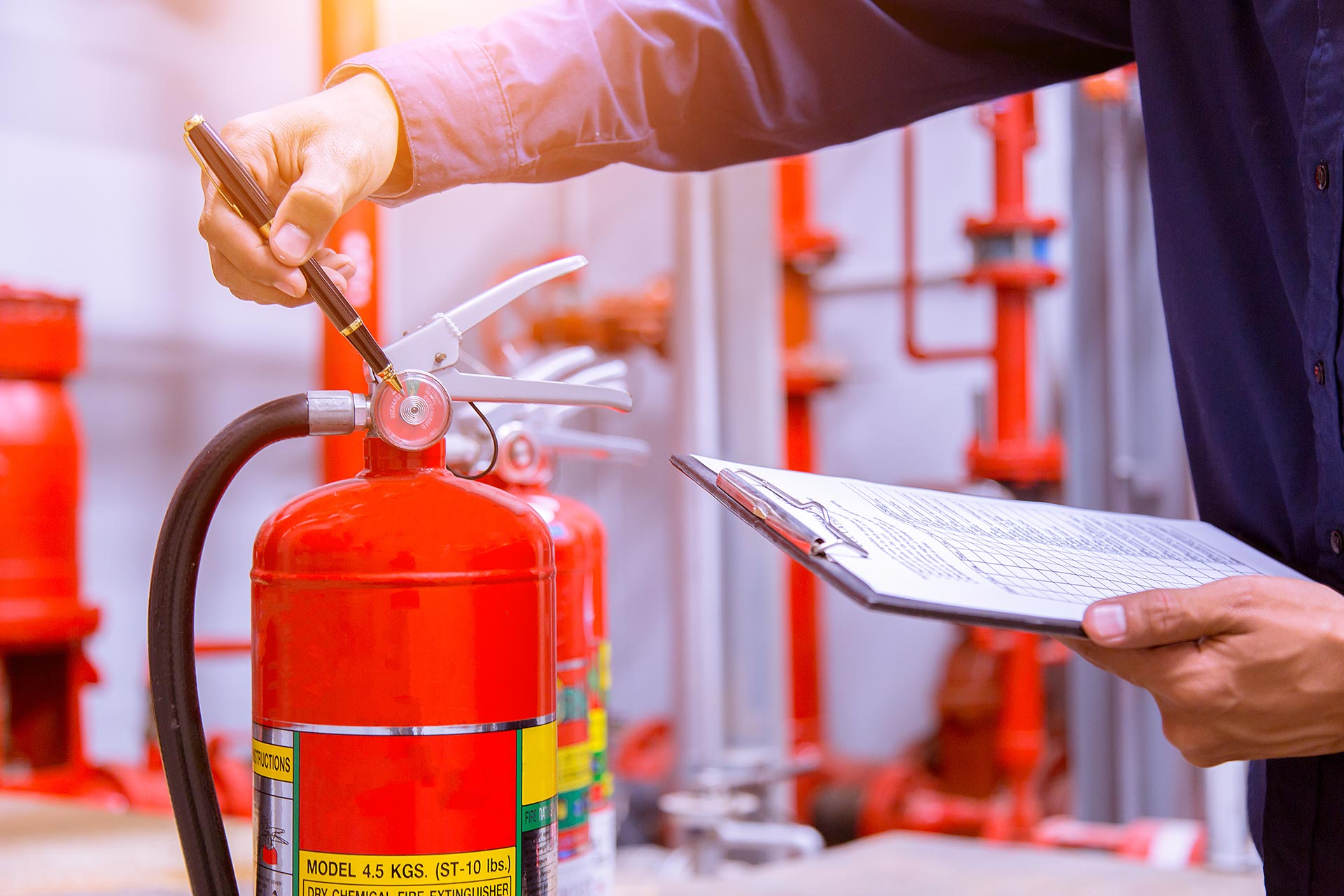One of the biggest threats to your staff and to your business is fire. As an employer you need to focus on two things:
- Minimising the risk of a fire breaking out – remember prevention is the best cure
- Ensuring that there is a clear and efficient procedure in place, should a fire occur
- The following actions must be carried out by the responsible person:
- ‘Carry out a fire risk assessment of the premises and review it regularly
- Tell staff or their representatives about the risks you’ve identified
- Put in place, and maintain appropriate fire safety measures
- Plan for an emergency
- Provide staff information, fire safety instruction and training.’

Carry Out a Fire Risk Assessment
The fire risk assessment should be carried out at least annually and must be conducted and a ‘written record kept’ if a business has more than five people. The fire risk assessment (FRA) should follow a set procedure to help identify fire hazards and the risk to people and property. The goal is to evaluate all risks so they can be either reduced or eliminated. The findings must then be recorded. It is also necessary at this stage to produce an emergency plan which should consider the following items:
- Keep emergency routes and fire exits free from obstruction
- The evacuation plan (including disabled personnel)
- The fire alarm system
- Fire doors
- Fire detection and warning
- Location and types of firefighting equipment
- Fire safety training for staff
- The provision of fire safety information to employees and visitors or building users
- Passive fire protection
- Frequency of fire drills
- The location and containment of dangerous substances that could cause or exacerbate a fire

If you are in any doubt as to the responsible person, the first step you should take is to review your fire risk assessment. If you do not have one, make this a priority as you are quite likely breaking the law if you have more than 5 employees. The following links provide the government’s fire risk assessment guides for all types of buildings:
- Offices and shops
- Factories and warehouses
- Sleeping accommodation
- Residential care premises
- Educational premises
- Small and medium places of assembly (holding 300 people or less)
- Large places of assembly (holding more than 300 people)
- Theatres, cinemas and similar premises
- Open air events and venues
- Healthcare premises
- Animal premises and stables
- Transport premises and facilities
It is important to note that although you can complete the fire risk assessment yourself, for peace of mind we recommend using a fire safety professional with trained fire risk assessors.
Who is the Responsible Person?
As stated in the Fire Safety Order the responsible person is the employer or ‘the person who has control of the premises.’ In some cases, the responsible person may be the facilities manager or the occupier. If the responsible person is not known to you then it is possible that fire safety responsibilities are not being undertaken safely in accordance with UK statutory law. This is a series and must be addressed.

Fire Safety Points to Remember
The risks of fire and explosions from the substances that you store on your premises or use for work activities should be mitigated. If possible, swap out products or materials for safer alternatives that are not as flammable, toxic, or corrosive. In an ideal scenario remove the dangerous materials altogether. You should ensure that the substances used all have safety data sheets so that the risks can be assessed and mitigated. This can be done by maintaining A Control of Substances Hazardous to Health (COSHH) register. See this useful guide provided by the HSE for more information Working with substances hazardous to health. Sources of ignition such as naked flames or sparks should be kept far away from combustible material or COSHH. This simple measure is important and should be checked during health and safety audits on a regular basis. Flammable substances must be disposed of safely using the appropriately licensed waste carrier. Maintaining a good level of housekeeping, it can reduce the risk of fire. Waste should be removed daily, if possible, this is particularly important for flammable items that could exacerbate the effect of a fire. Lastly, and perhaps most importantly, your fire risk assessment must be reviewed and updated regularly. This is particularly important if recent building works have been carried out because the existing FRA may not be fit for purpose. Additionally, check your fire doors are meeting government standards with our FREE Fire Door Inspection checklist.
Need Help with Your Fire Safety
With 25 years of experience, ClearView will be very happy to assist with your fire safety needs. Contact us for a free survey of your premises. Following the fire risk assessment, we’ll show you what equipment you need to install and whereabouts it needs to go to keep your staff safe. Call 01245 214104 to speak to a member of our sales team today! Learn more about Fire Safety Regulations in this article. Information on workplace fire safety has come from The Regulatory Reform (Fire Safety) Order 2005 – view the complete legislation document here
